Chemical Engineering
Water desalination picks up the pace
A membrane made of porous carbon-fiber structures grown on a porous ceramic substrate is more efficient than similar existing membranes at filtering seawater.
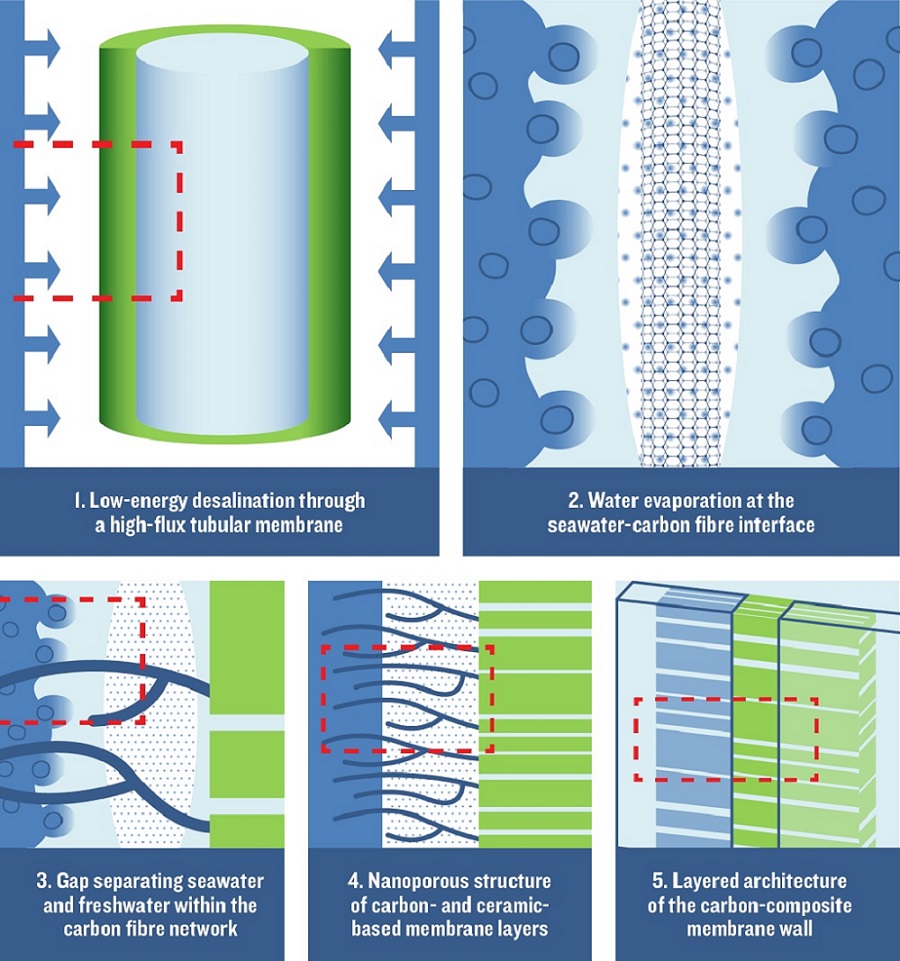
The high-flux carbon-composite membrane desalinates seawater with little energy consumption.
© 2018 KAUST
Engineered porous membranes could help recover freshwater from heavily polluted groundwater and seawater, which is of critical need in developing countries and arid environments like the Arabian Peninsula. Conventional water desalination processes rely on polymer membranes. However, if these membranes achieve very good salt rejection, they can fall short of the necessary high freshwater flux.
Zhiping Lai and colleagues from KAUST have developed carbon-composite membranes that consist of a network of carbon fibers deposited on a porous, hollow ceramic tube. These membranes are “the first that can be used in all three membrane-based desalination processes, namely membrane distillation, reverse osmosis and forward osmosis,” says Lai. These membranes can simultaneously reject all the salt plus let large quantities of freshwater through their nanoscopic pores while consuming little energy. The water fluxes are up to 20 times higher than for commercial membranes.

A nanoporous carbon composite membrane for high-flux water desalination.
© 2018 Zhiping Lai
These results come from a unique interfacial salt sieving effect, which differs from a solution-diffusion mechanism observed in polymer membranes, explains Lai. One side of the membrane is immersed in salt water while the other is in contact with freshwater, creating a gap between two liquid surfaces. “Water evaporates from the salt water and quickly passes through the carbon gap before condensing at the freshwater side. Thanks to the excellent thermal conductivity of carbon fibers, most of the energy can be recovered, which reduces energy consumption by more than 80 percent,” adds Lai.
References
You might also like

Chemical Engineering
Urban air pollution goes up in smoke
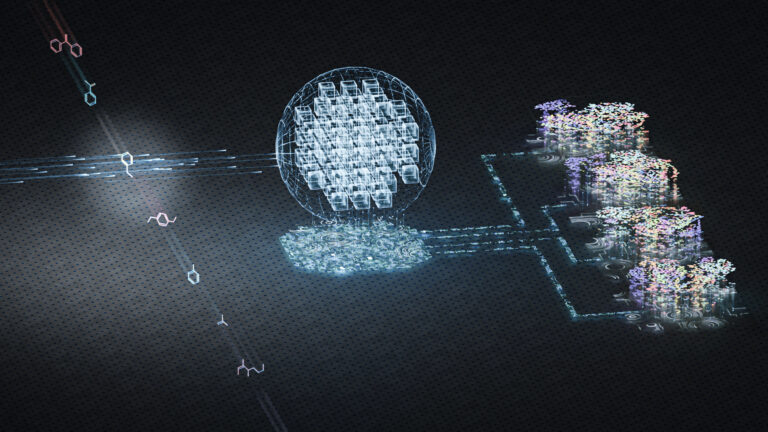
Chemical Engineering
Rethinking machine learning for frontier science
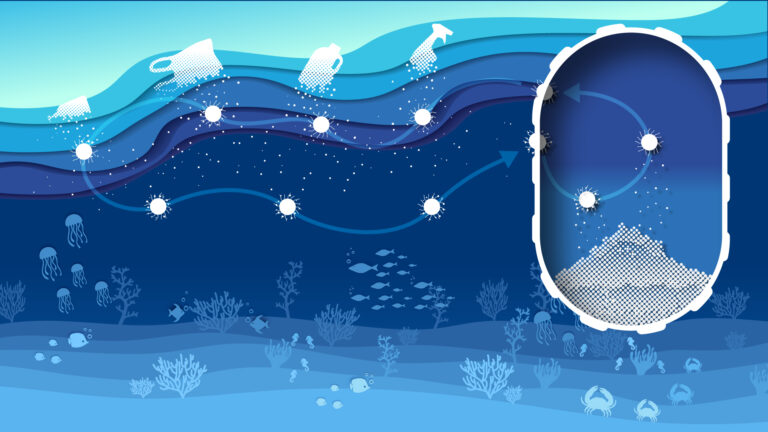
Chemical Engineering
Magnetic nanoparticles capture microplastics from water

Chemical Engineering
Biogas upgrading goes with a swing
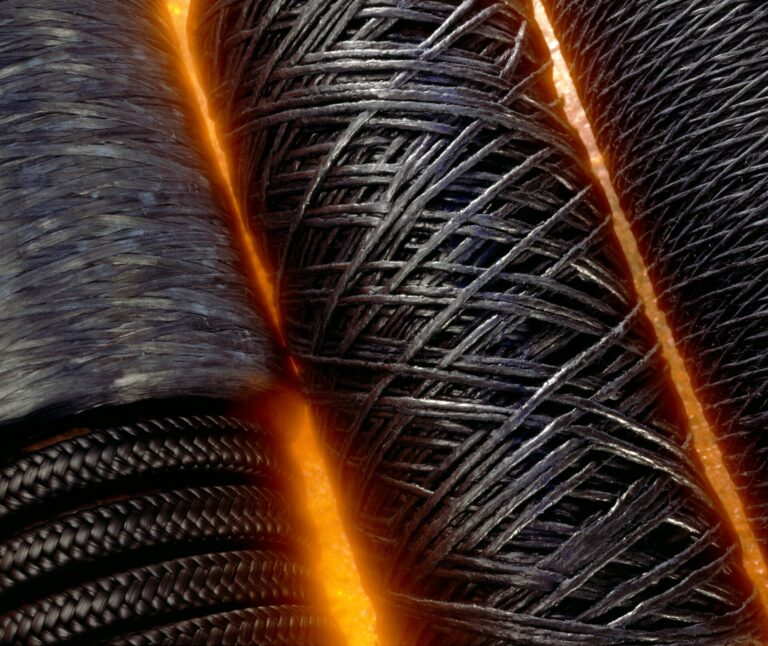
Chemical Engineering
Stronger, lighter, cheaper: a new route to carbon fiber production

Chemical Engineering
Unveiling the role of biomass-burning aerosols in atmospheric reactions

Chemical Engineering
Slashing industrial emissions using a hybrid model approach
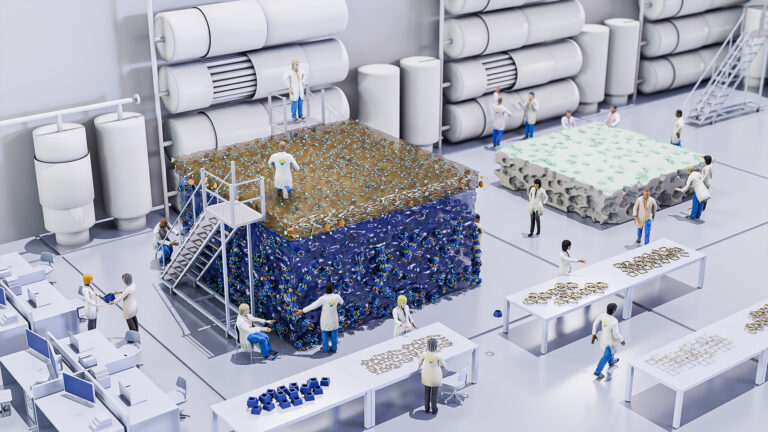
Chemical Engineering



